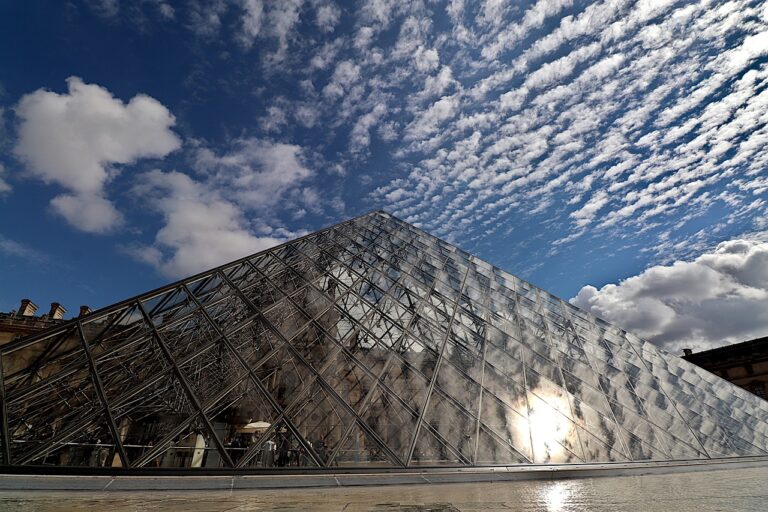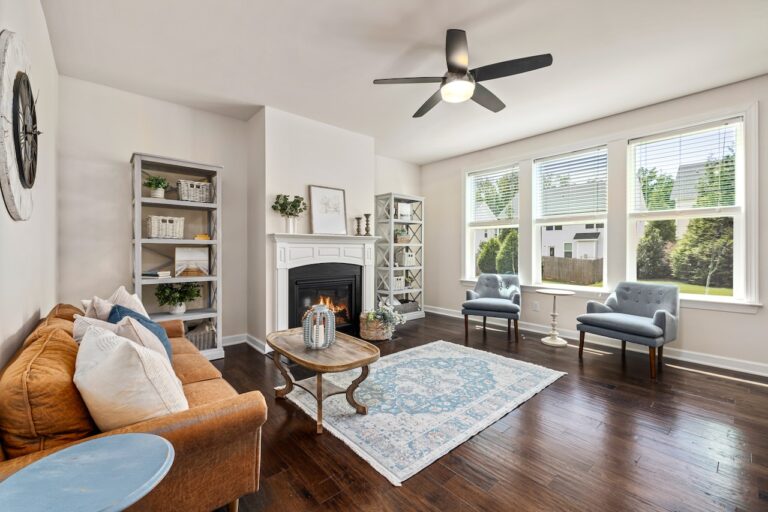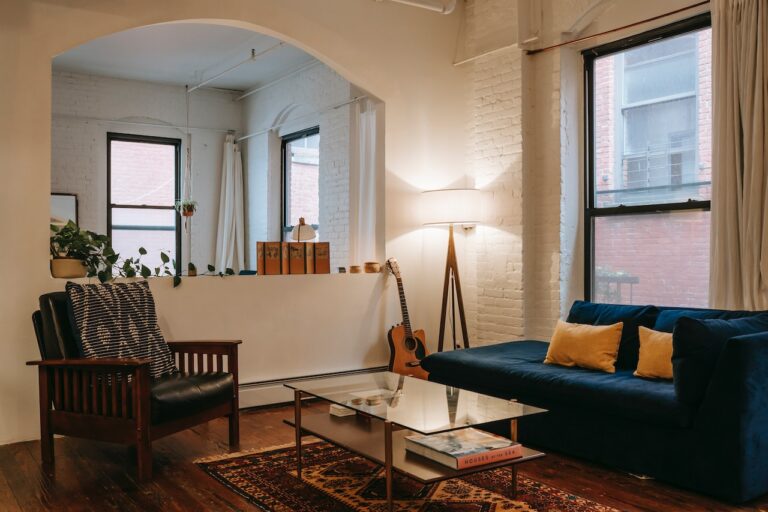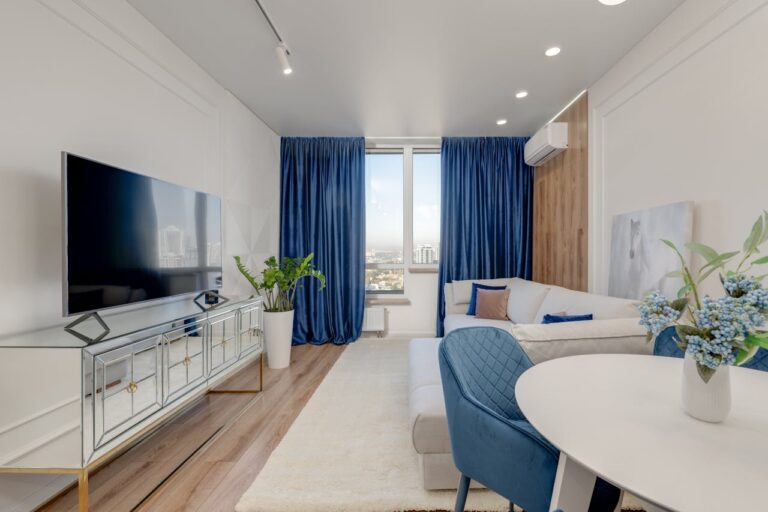A Side-by-Side Comparison
When it comes to interior design, two styles have captured the hearts of many with their unique charm and timeless appeal: Scandinavian and Rustic design. These two aesthetics, while distinct in their origins and characteristics, share a common thread of embracing simplicity and nature-inspired elements. Let’s embark on a journey of exploration as we delve into the world of Scandinavian and Rustic design, uncovering their defining features, highlighting their differences, and celebrating the beauty they bring to our living spaces.
Embracing Nature’s Palette: Scandinavian Serenity
Imagine stepping into a Scandinavian-designed room, and you’re instantly greeted by an ambiance of serenity and tranquility. This style draws its inspiration from the icy landscapes and lush forests of Northern Europe. The color palette often consists of soft whites, muted grays, and pale blues, evoking a sense of calm that mirrors the region’s natural beauty.
Scandinavian design places a high value on natural light, aiming to create spaces that feel open and airy. This is achieved through the use of large windows, light curtains, and the strategic placement of mirrors. The goal is to bring the outdoors in, blurring the boundaries between the interior and the exterior.
Rustic Warmth: Nostalgia in Design
In stark contrast, Rustic design finds its roots in rural settings, embracing a more rugged and weathered aesthetic. This style is a tribute to simpler times, where the warmth of wood and the charm of imperfections take center stage. Imagine a cozy log cabin deep in the woods – that’s the essence of Rustic design.
Warm earth tones dominate Rustic spaces, with hues of browns, deep reds, and burnt oranges coming together to create an inviting atmosphere. The use of raw materials such as reclaimed wood, stone, and wrought iron not only adds authenticity to the design but also serves as a reminder of the enduring power of nature.
Minimalism vs. Relaxed Comfort: Finding Balance
One of the most notable differences between Scandinavian and Rustic design lies in their approaches to minimalism. Scandinavian design celebrates the beauty of minimalism by focusing on clean lines, uncluttered spaces, and functional furniture. Each piece serves a purpose, and every detail has a reason to exist. This creates an environment of efficiency and simplicity.
On the other hand, Rustic design embraces a more relaxed approach to minimalism. It’s not about stripping away unnecessary elements, but rather about curating a space that tells a story. Handcrafted furniture and vintage accessories often find their place in Rustic interiors, bringing a sense of history and nostalgia to the forefront.
Textures and Materials: A Tactile Experience
Both Scandinavian and Rustic designs pay close attention to textures and materials, albeit in different ways. Scandinavian interiors incorporate soft textures like plush rugs, faux fur throws, and smooth ceramics. These elements add a touch of coziness and playfulness to the space while maintaining the overall clean aesthetic.
Rustic design, on the other hand, invites you to embrace textures that evoke a connection to the natural world. Rough-hewn wooden beams, stone fireplaces, and distressed leather furniture create an environment that’s rich with tactile experiences. It’s a style that encourages you to touch, feel, and immerse yourself in the textures of the environment.
Functionality Meets Ornamentation: Striking a Balance
While both Scandinavian and Rustic designs prioritize functionality, they do so in distinctive ways. Scandinavian design places a strong emphasis on practicality and utility, often incorporating multi-purpose furniture and hidden storage solutions. The goal is to maintain a clutter-free space that allows for easy movement and efficient organization.
Rustic design, although equally concerned with functionality, doesn’t shy away from embracing ornamentation. Decorative elements such as hand-carved wooden details, wrought iron accents, and intricate textiles contribute to the sense of charm and character that defines Rustic interiors.
Creating Harmony: A Fusion of Styles
What happens when Scandinavian and Rustic design come together? A fusion of styles that marries the elegance of simplicity with the allure of nature. This unique blend takes the best of both aesthetics, resulting in a space that’s balanced, inviting, and visually appealing.
Imagine a Scandinavian-inspired room with its clean lines and light palette, adorned with rustic wooden furniture and earthy textures. The result is a space that feels welcoming and comfortable while maintaining a sense of refinement. It’s a testament to the versatility of both design styles and their ability to complement each other in unexpected ways.
Choosing Your Path: Which Design Speaks to You?
As you embark on your interior design journey, the choice between Scandinavian and Rustic design ultimately comes down to your personal preferences and lifestyle. Are you drawn to the crisp simplicity of Scandinavian design, with its airy spaces and muted tones? Or do you find solace in the warm embrace of Rustic design, with its rustic textures and earthy colors?
Perhaps the answer lies in a harmonious blend of both styles – a space where the tranquility of Scandinavian design coexists with the rugged beauty of Rustic elements. After all, your living space should be a reflection of your unique personality and a canvas for your creativity.

Conclusion
Scandinavian and Rustic design, while distinct in their origins and characteristics, share a common thread of celebrating the beauty of nature and the elegance of simplicity. Whether you’re drawn to the clean lines and serenity of Scandinavian interiors or the nostalgic charm of Rustic spaces, both styles offer a canvas for self-expression and creativity.
In the end, the choice between these two captivating design aesthetics is a matter of personal resonance. So, go ahead and let your imagination run wild as you infuse your living space with the elements that resonate with your spirit – whether they’re inspired by the serene landscapes of Scandinavia or the rugged allure of rustic cabins. After all, the beauty of interior design lies in its ability to transform a space into a reflection of the soul that inhabits it.







